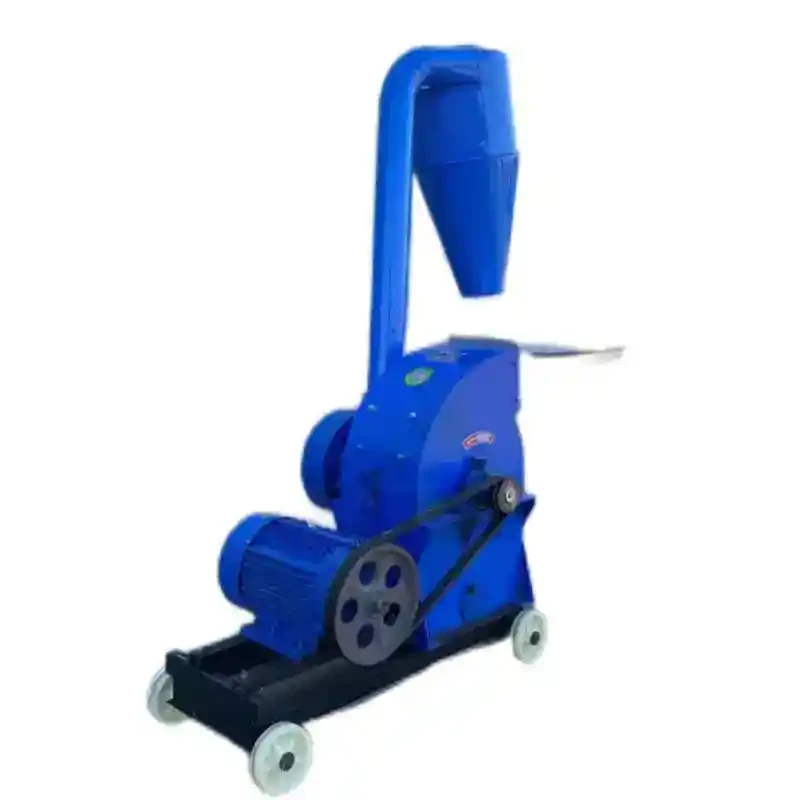Durable Fan Blades for Enhanced Airflow and Performance in FRP Applications
Dec . 04, 2024 10:23 Back to list
Durable Fan Blades for Enhanced Airflow and Performance in FRP Applications
The Evolution and Importance of FRP Fan Blades in Modern Industry
In recent years, the demand for lightweight and durable materials in various industrial applications has surged. One of the most notable innovations is the advancement in fan blade technology, particularly with the use of Fiber Reinforced Plastic (FRP). FRP fan blades are becoming increasingly popular due to their strength, resistance to environmental effects, and efficiency, making them essential in modern industrial machinery.
What is FRP?
FRP is a composite material made by combining a polymer matrix with fibrous materials, typically glass fibers or carbon fibers. This combination results in a substance that has excellent mechanical properties, including high tensile strength and flexibility, while remaining substantially lighter than traditional metals. These characteristics make FRP the ideal choice for manufacturing fan blades, especially in applications where weight and efficiency are critical.
Benefits of FRP Fan Blades
1. Lightweight Design One of the most significant advantages of FRP fan blades is their lightweight nature. Traditional metal fan blades can be cumbersome and heavy, which can lead to increased energy consumption when the fan is in operation. In contrast, FRP blades reduce the overall weight of the fan system, leading to lower operational costs and improved efficiency.
2. Corrosion Resistance Manufacturing environments often expose equipment to harsh chemicals, moisture, and temperature variations. FRP fan blades offer exceptional resistance to corrosion, which extends their lifespan and reduces maintenance costs. This characteristic significantly enhances their desirability in industries such as chemical processing, wastewater treatment, and marine applications.
3. Aerodynamic Efficiency The design possibilities with FRP are extensive, allowing for more complex and optimized shapes that improve airflow and reduce noise. Enhanced aerodynamics facilitate better performance, making FRP fan blades more efficient than conventional options.
4. Customizability Manufacturers can tailor FRP fan blades to meet specific operational requirements. This flexibility extends to the size, shape, and even the type of fiber used in construction, ensuring that end-users receive products precisely engineered for their unique applications.
frp fan blades

Applications of FRP Fan Blades
FRP fan blades find applications in various industries, including HVAC systems, power generation, and even automotive engineering. In HVAC systems, for example, lightweight fan blades enable more compact designs without compromising performance. In power generation, FRP blades are used in cooling towers and forced draft fans, where high efficiency is vital for energy savings.
Moreover, as sustainability becomes a central theme in industrial operations, the environmental performance of materials is under scrutiny. FRP’s longevity and energy efficiency help companies reduce their carbon footprint, aligning with global sustainability initiatives.
Challenges and Future Trends
Despite their advantages, the adoption of FRP fan blades does present challenges. Manufacturing processes can be more complex than traditional methods, and initial costs may be higher. However, as technology advances and production methods improve, these issues are gradually being addressed.
The future of FRP fan blades seems promising, especially with ongoing research into new composite materials that could enhance the performance and capabilities of these blades. Innovations in recycling methods for FRP composites are also on the horizon, which could further improve sustainability within industries.
Conclusion
In conclusion, FRP fan blades represent a significant advancement in fan technology. Their lightweight, durable, and corrosion-resistant properties make them ideal for a wide range of applications, contributing to increased efficiency and sustainability in industrial operations. As manufacturing processes continue to evolve and environmental concerns grow, the role of FRP fan blades is set to expand, solidifying their place in the future of industrial design.
-
Automatic Feeding Line System-Pan Feeder Nipple Drinker|Anping County Yize Metal Products Co., Ltd.
NewsJul.29,2025
-
Hot Sale 24 & 18 Door Rabbit Cages - Premium Breeding Solutions
NewsJul.25,2025
-
Automatic Feeding Line System Pan Feeder Nipple Drinker - Anping County Yize Metal Products Co., Ltd.
NewsJul.21,2025
-
Automatic Feeding Line System Pan Feeder Nipple Drinker - Anping County Yize Metal Products Co., Ltd.
NewsJul.21,2025
-
Automatic Feeding Line System - Anping Yize | Precision & Nipple
NewsJul.21,2025
-
Automatic Feeding Line System - Anping Yize | Precision & Nipple
NewsJul.21,2025






